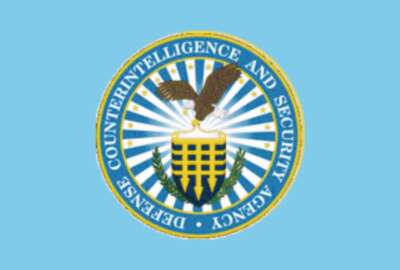OPM outlines students’ fast track to government jobs
The Office of Personnel Management\'s proposed regulations would make it easier for agencies to recruit and train students and recent graduates without going th...
wfedstaff | June 4, 2015 9:36 am
By Emily Kopp
Reporter
Federal News Radio
The Office of Personnel Management’s proposed regulations for the new Pathways Programs would let agencies bypass the competitive hiring process when recruiting students and recent graduates. Agencies would be able to tap into a pool of young, talented candidates in exchange for complying with certain criteria and monitoring designed to limit the program’s scope.
OPM will issue the 82-page proposed rule in tomorrow’s Federal Register.
“What the research has shown is that inexperienced workers have a difficult time getting federal jobs through the regular competitive hiring process,” said OPM senior policy counsel Rob Shriver in an interview with Federal News Radio. “These programs would be a helpful way for [agencies] to bring entry-level talent into their organizations, try them out either as interns or recent grads and see if there’s a good fit.”
Shriver called Pathways “simple and streamlined.” As outlined in the regulations, there would be three ways for students and new graduates to start federal careers:
- A paid internship program for current students that would replace the existing intern program
- A new two-year program with training and mentorship for people who had graduated within two years from a college, university or vocational school.
- An expanded Presidential Management Fellows Program for advanced degrees students and recent graduates that would fit into the academic calendar.
Successful interns and fellows could continue on to competitive service positions without having to go through the regular hiring process. President Barack Obama signed an executive order in December abolishing the popular Federal Career Internship Program
The National Treasury Employees Union (NTEU) had sued the government to end the program. It had accused agencies of using it to limit the pool of candidates for jobs and bypass competitive eligibility rules.
Shriver would not comment on the ongoing litigation, but said, “The president’s exec order makes clear that [the Pathways programs are] to be used as a supplement to the regular competitive hiring rules and not a substitute for that.”
Agencies would have to meet the following criteria under the proposed regulations:
- Transparency: Agencies would post Pathways opportunities on USAJobs.gov.
- Limited scope: OPM plans to monitor agencies’ use of the Pathways program to ensure that they continue to use the normal competitive process for most hires. If necessary, OPM would cap the number of people hired under Pathways who could be converted to positions in competitive service.
- Preference for veterans: Eligible veterans still would be at the top of the list of candidates for jobs.
- Oversight: Agencies would have to sign a memorandum of understanding with OPM before using Pathways and would have to report annually to OPM on their usage of the programs.
- Career development: Agencies would have to provide training and career development opportunities aimed at inspiring Pathways participants to continue their careers in government.
In a written statement, NTEU voiced skepticism that the oversight measures would be enough to limit the program. It said it would submit comments during the 60-day public-comment period after reviewing the proposal.
“The new programs have an unfortunate similarity with the FCIP–namely that they would be an exception to competitive service. As such, they must be very narrowly drawn,” said NTEU president Colleen Kelley. “Whether these proposed OPM regulations meet that key requirement has yet to be determined.”
But at a time when the number of federal employees could decline sharply through retirements and budget cuts, the Pathways programs could let agencies match quickly young, motivated candidates to open positions.
“With the aging federal workforce, it’s important for the student population to see and experience the value of public service,” said former OPM Director Linda Springer, who currently is executive director of Ernst & Young’s government and public sector practice. “If these three programs have addressed the concerns of the unions, then they have the potential to be very effective.”
Shriver said OPM expected to issue final regulations early next year. It would issue guidance to agencies on moving their current interns to Pathways so that those interns do not miss out on opportunities during the transition, he said.
RELATED STORIES:
OPM lays new path for intern, hiring programs a>
Three-track system to replace Federal Career Internship Program
NTEU files motion to end internship program
(Copyright 2011 by FederalNewsRadio.com. All Rights Reserved.)
Copyright © 2024 Federal News Network. All rights reserved. This website is not intended for users located within the European Economic Area.





